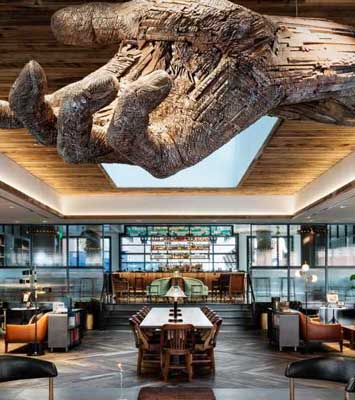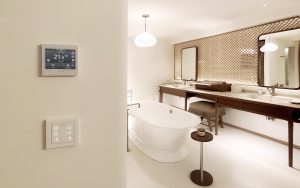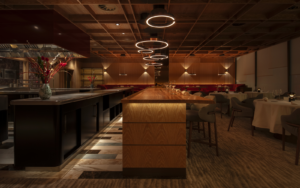GTHD
Part 33:
The significance of art and photography within hotel design
Susan Walsh – a leading art curator who has worked on projects such as The Langham London, Ritz Carlton Hong Kong and Mandarin Oriental Macau – explains the significance of art in hotel design.
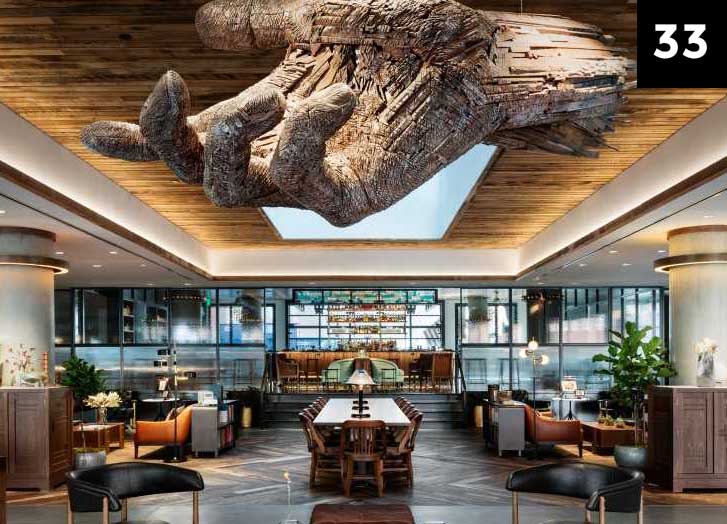
Credit: The Maven Hotel
Does art draw a visitor to a particular hotel? Probably not, but art has the ability to make the stay more memorable. How many times do you hear someone return from a stay in a hotel and mention the green velvet chairs in the hotel lounge? But they will certainly mention artwork if it had an impact.
Why do so many hotels miss this unique opportunity to use artwork as a communication tool to their guests? Artwork can convey so much in one short visual moment. It is the emotional component in the room in which the furniture, light fixtures and wall coverings are not. Art creates the opportunity for a moment that can reflect humour, awe, shock or just sheer dramatic impact.

We are seeing the trend with more and more hotels valuing the artwork collection more than the standard stock artwork that prevailed for so many years. Many hotels are moving away from the attitude of “There’s a huge blank wall over there, lets fill it with something that matches the sofas.” However, for the most part, the budget for artwork is still sadly disproportionate to the allowed budget for the rest of the interior specifications. This is an enormous missed opportunity for the brands to convey personal and impactful messages to their clients that gets largely overlooked.
While the trend towards Air B&B is still growing which is driven largely by economics, hotels can still compete by creating the unforgettable experience for the visitor. Most people choose Air B&B as the cost per night is substantially lower than most ‘higher end’ hotel brands but the trade off is giving up the drama and theatre of checking into and staying in a truly exceptional hotel. The entrance, the restaurants, bars and public spaces all give the visitor a vastly different experience than the solitude of the Air B&B. Artwork can be used as a powerful tool in adding to that experience. As hotels provide amenities, service and comfort – the architecture, interior design, lighting and artwork add to the aspirational aspect of choosing a particular hotel. Having the right artwork adds to that intrinsic value giving the visitor a chance to view the work outside of museums and galleries. They are surrounded by it and without thinking about it are having an experience because of it – if it is good. Bad art can deaden a space and create a reaction akin to questioning the point of putting it there at all.
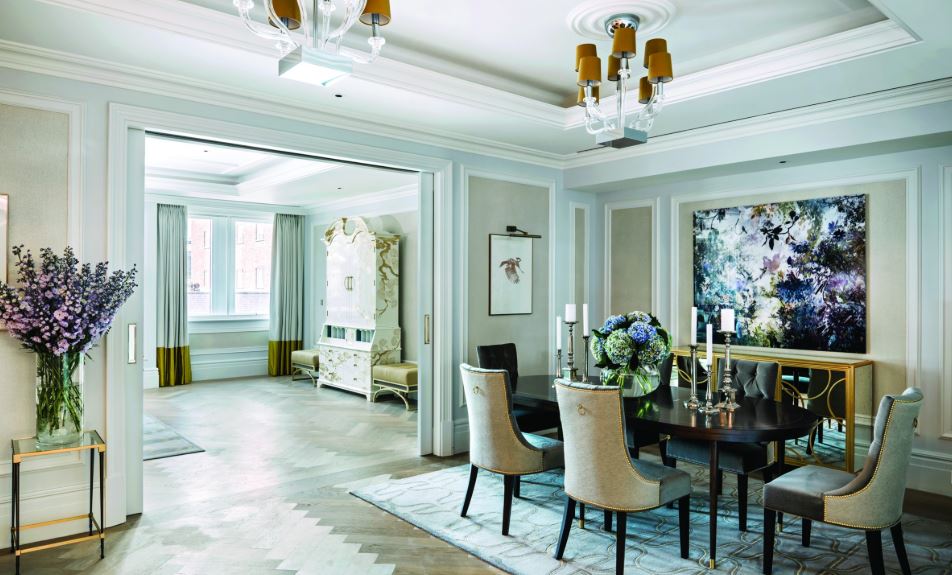
Air B&B has has been credited with giving the traveller a home away from home feeling whereby hotels give the traveller that irreplaceable feeling of really knowing you are far away from home. Hotels respond with the artwork they choose to include as part of the interior design. The trend is moving away from gallery wall artwork collections that may resemble a visitor’s eclectic collection they may have their own living room towards larger, single impactful pieces. Traditionally, hotel corridors were lined with a series of smaller pieces all in same style and colour, hotel are now moving towards one large “Money shot” piece at the end of the corridor. This creates drama even if the visitor isn’t consciously aware of the particular piece, the scale adds to the space and creates a vibe. All of these individual moments make up the feeling of having an experience different to what you have in your normal everyday life.
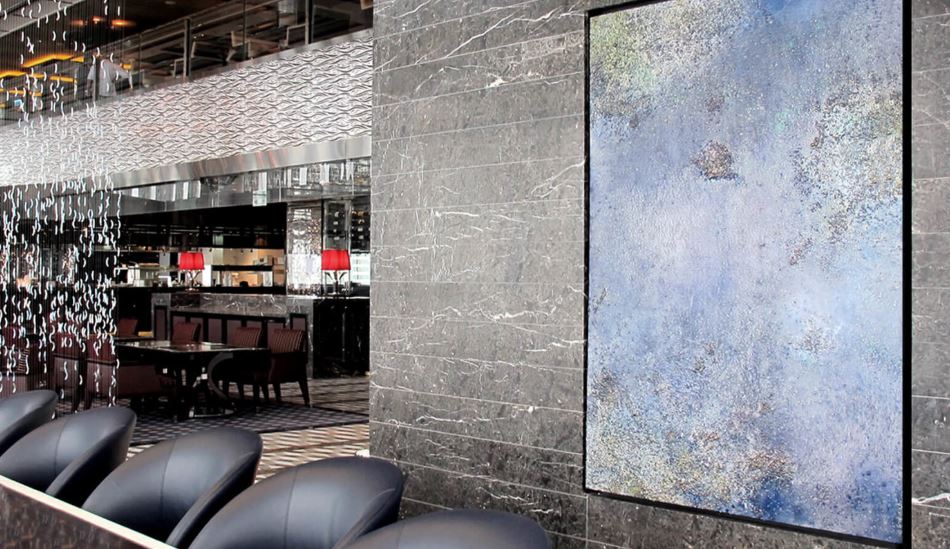
Art is exciting, personal, dramatic, shocking, inspiring or sometimes downright confusing but ultimately it is emotional and that is the feeling people leave with and hopefully wish to return to. This is why artwork can add value to the brand and ultimately brand loyalty.

